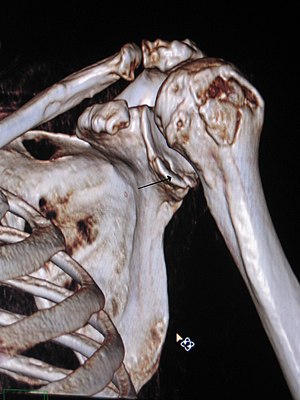As doctors and medical researchers work to extend our lives, more people are figuring out ways to get into more accidents. According to Steve Casner, in his book Careful, after a hundred years of steady decline, the rate at which people are being injured (or worse) in everyday accidents is increasing. Blame car accidents, slip and falls, construction mishaps, pedestrian fatalities, home-improvement projects gone wrong- not to mention texting while walking, going to the bathroom and operating a motor vehicle. And the problem seems to be getting worse.
We’re really not that good at paying attention or keeping an eye on much of anything. Despite what you may think, our minds can’t pay attention to two things at once. When we attempt to merely possible, whether it be looking at your Facebook feed while walking or talking to your friends while your kids are playing in a parking lot, things can go wrong. As a personal injury lawyer, I encounter these scenarios all of the time.
We all need to pay attention to the task at hand. It is easy to feel confident that we can pay attention to more than one thing at a time. In 2014 and in the US alone, distracted drivers injure 1,181 people per day. If you are operating a motor vehicle, you need to accept that you are not very good at using your phone while driving. Remember don’t try to do two things at once if either of them is vital.
Don’t be afraid to ask for help. If you are driving, ask your passenger to fire off the text message. Sometimes we don’t have friends around to help us, and we get stuck with having to to it ourselves. That’s why you need to prioritize and postpone. That means look while you are walking so that you won’t miss the two inch crack in the sidewalk. If the email is more important, then stop walking. Simple!
So there you have it. We’re not very good at paying attention. The real danger is our mistaken intuition about our own limits.




